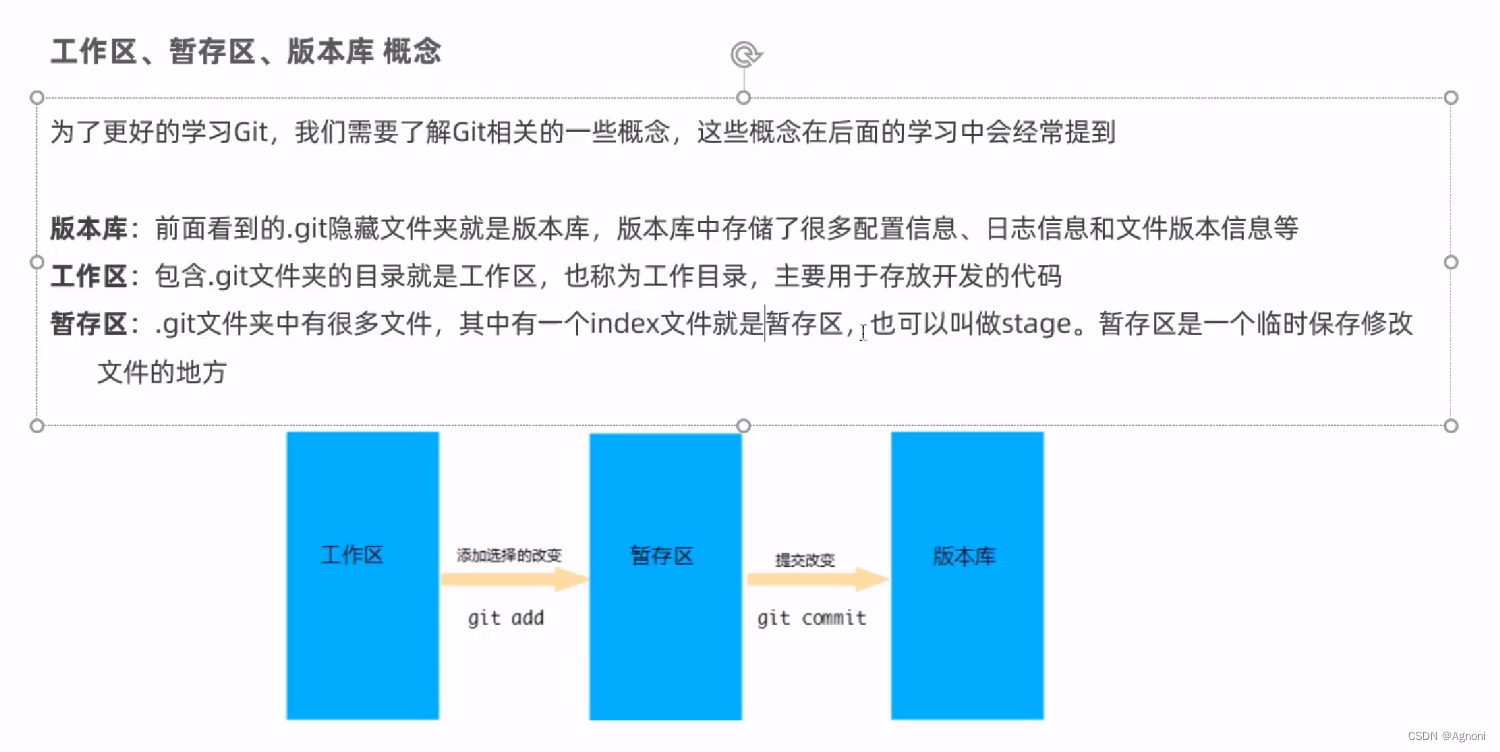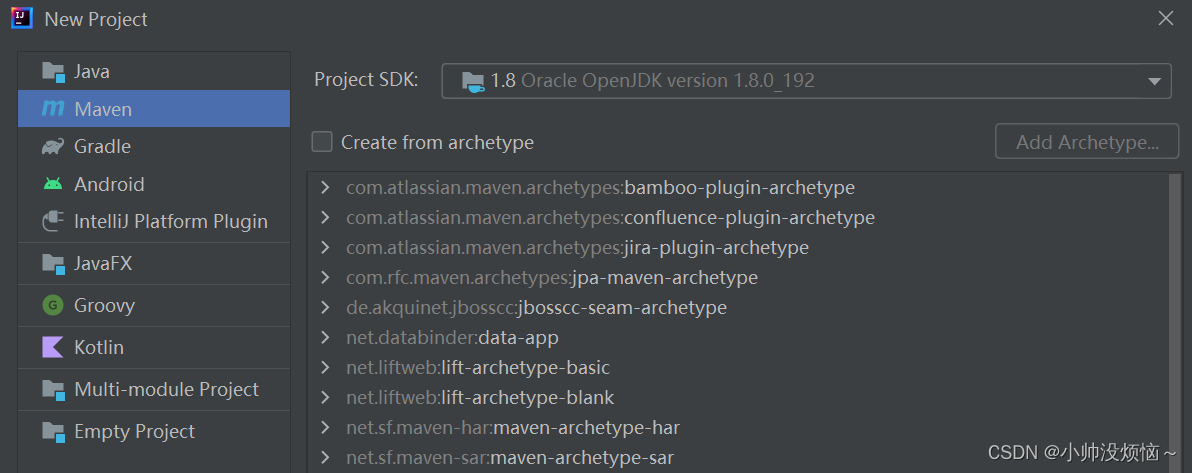在当今的数字世界中,RSA算法无疑是安全性基石之一。自1977年由罗纳德·李维斯特(Ron Rivest)、阿迪·萨莫尔(Adi Shamir)和伦纳德·阿德曼(Leonard Adleman)提出以来,它一直在保障我们的数据安全方面发挥着重要作用。
1、什么是RSA算法?
RSA算法是一种非对称加密算法,即它使用两个密钥:一个是公钥,另一个是私钥。公钥可以公开分享,而私钥必须保密。公钥用于加密数据,而私钥用于解密数据。除此之外,RSA算法还可以用于生成数字签名,以验证数据的完整性和来源。
2、RSA算法的工作原理
-
密钥生成:RSA算法首先需要生成一对密钥。这通过选择两个大质数p和q,并计算他们的乘积n=pq。选择这两个质数时,需要保证它们乘积的因数除了1和它们自身外,没有其他因数。然后计算欧拉函数φ(n)=(p-1)(q-1)。接着,选择一个整数e,使得1<e<φ(n),且e和φ(n)互质。最后,计算e关于φ(n)的模反元素d,即满足e*d mod φ(n) = 1。公钥为(n,e),私钥为(n,d)。
加密:使用公钥(n,e)对数据进行加密。首先,将明文数据转化为一个整数m,满足0<=m<n。然后,计算密文c,即c=m^e mod n。 -
RSA算法的安全性
RSA算法的安全性基于大数分解的难度。在理论上是安全的,但随着量子计算机的发展,RSA算法可能在未来不再安全。因此,为了保持安全性,建议使用足够大的密钥长度(至少2048位)。
3、Java代码示例
以下是一个简单的Java代码示例,展示了如何使用RSA算法进行加密和解密:
import java.security.KeyPair;
import java.security.KeyPairGenerator;
import java.security.PrivateKey;
import java.security.PublicKey;
import java.security.SecureRandom;
import javax.crypto.Cipher;
public class RSAExample {
public static void main(String[] args) throws Exception {
try {
// 生成RSA密钥对
KeyPairGenerator keyPairGenerator = KeyPairGenerator.getInstance("RSA");
keyPairGenerator.initialize(2048, new SecureRandom());
KeyPair keyPair = keyPairGenerator.generateKeyPair();
PrivateKey privateKey = keyPair.getPrivate();
PublicKey publicKey = keyPair.getPublic();
System.out.println("priveteKey:" + Base64.getEncoder().encode(privateKey.getEncoded()));
System.out.println("publicKey:" + Base64.getEncoder().encode(publicKey.getEncoded()));
// 加密明文
String plaintext = "KeyPairGenerator keyPairGenerator = KeyPairGenerator.getInstance("RSA");";
Cipher encryptCipher = Cipher.getInstance("RSA");
encryptCipher.init(Cipher.ENCRYPT_MODE, publicKey);
byte[] ciphertext = encryptCipher.doFinal(plaintext.getBytes());
// 解密密文
Cipher decryptCipher = Cipher.getInstance("RSA");
decryptCipher.init(Cipher.DECRYPT_MODE, privateKey);
byte[] plaintextBytes = decryptCipher.doFinal(ciphertext);
String decryptedText = new String(plaintextBytes);
System.out.println("plaintext: " + plaintext);
System.out.println("encryptCipher: " + ciphertext.length + " size");
System.out.println("encryptCipherText: " + new String(ciphertext, StandardCharsets.UTF_8));
System.out.println("decryptCipherText: " + decryptedText);
} catch (Exception e) {
e.printStackTrace();
}
}
}
这段代码首先生成一个RSA密钥对,然后使用公钥加密一个明文字符串,最后使用私钥解密它。这个简单的例子展示了RSA的基本工作原理。然而,在实际应用中,还需要考虑其他安全性因素,如密钥管理、安全协议等。
4、实现RSA算法
RSA是一种非对称加密算法,它使用一对密钥,其中一个公开用于加密,另一个保密用于解密。下面是RSA算法的计算过程:
- 选择两个大质数p和q,并计算它们的积n=p*q。
- 选择一个公开的指数e,要求e和φ(n)=(p-1)*(q-1)(欧拉函数)互质,即gcd(e, φ(n))=1。
- 计算与e互质的模反元素d,即gcd(d, φ(n))=1且d*e≡1 mod φ(n)。
- 将p和q销毁,使得只有授权的实体能够重新获得它们。
加密过程:
解密过程:
- 接收者收到密文c后,使用自己的私钥d对c进行解密,得到明文m,计算公式为m=c^d mod n。
由于d和φ(n)互质,根据费马小定理,有c^d mod n=(me)d mod n=(m^(ed)) mod n=m^(ed*mod n) mod n=m。
package com.example.demo;
import java.io.UnsupportedEncodingException;
import java.math.BigInteger;
import java.util.LinkedList;
import java.util.List;
public class DemoMain {
public static void main(String[] args) throws UnsupportedEncodingException {
// 选择两个质数p和q
BigInteger p = new BigInteger("11");
BigInteger q = new BigInteger("19");
// 计算n和φ(n)
BigInteger n = p.multiply(q);
BigInteger phi = p.subtract(BigInteger.ONE).multiply(q.subtract(BigInteger.ONE));
System.out.println("n:" + n);
System.out.println("phi:" + phi);
// 选择一个公开的指数e,并计算模反元素d
BigInteger e = new BigInteger("7");
BigInteger d = e.modInverse(phi);
// 公钥和私钥
BigInteger publicKey = e;
BigInteger privateKey = d;
System.out.println("公钥:" + publicKey);
System.out.println("私钥:" + privateKey);
// 明文消息
String plaintext = "kexuexiong";
//一、私钥加密,公钥解密,模拟服务器发消息给客户端
System.out.println("-------------------------------------私钥加密,公钥解密,模拟服务器发消息给客户端---------------------------------");
processing(n, e, d, plaintext);
//二、公钥加密,私钥解密,模拟客户端发消息给服务器
System.out.println("-------------------------------------公钥加密,私钥解密,模拟客户端发消息给服务器---------------------------------");
plaintext = "hello ,rose and jeck!!";
processing(n, d, e, plaintext);
}
private static void processing(BigInteger n, BigInteger e, BigInteger d, String plaintext) throws UnsupportedEncodingException {
System.out.println("需要加密的明文:"+plaintext);
// 加密过程
byte[] bytes = plaintext.getBytes("utf-8");
List<String> plaintextList = new LinkedList<>();
for (Byte aByte : bytes) {
BigInteger message = new BigInteger(aByte.toString());
BigInteger ciphertext = message.modPow(d, n);//加密之后的值可能超过Byte的最大值,所以直接用string保存
plaintextList.add(ciphertext.toString());
}
System.out.println("加密后队列:"+plaintextList);
// 解密过程
List<Byte> cipherList = new LinkedList<>();
for (String ciphertext : plaintextList) {
BigInteger decryptedMessage = new BigInteger(ciphertext).modPow(e, n);
cipherList.add(decryptedMessage.byteValue());
}
System.out.println("解密后队列信息: " + cipherList);
byte[] bytesMsg = new byte[cipherList.size()];
for (int i = 0; i < cipherList.size(); i++) {
bytesMsg[i] = cipherList.get(i);
}
System.out.println("解密后信息:" + new String(bytesMsg, "utf-8"));
}
}
n:209
phi:180
公钥:7
私钥:103
-------------------------------------私钥加密,公钥解密,模拟服务器发消息给客户端---------------------------------
需要加密的明文:kexuexiong
加密后队列:[50, 118, 175, 90, 118, 175, 51, 100, 143, 141]
解密后队列信息: [107, 101, 120, 117, 101, 120, 105, 111, 110, 103]
解密后信息:kexuexiong
-------------------------------------公钥加密,私钥解密,模拟客户端发消息给服务器---------------------------------
需要加密的明文:hello ,rose and jeck!!
加密后队列:[80, 161, 48, 48, 188, 10, 66, 38, 188, 58, 161, 10, 147, 165, 111, 10, 182, 161, 44, 145, 22, 22]
解密后队列信息: [104, 101, 108, 108, 111, 32, 44, 114, 111, 115, 101, 32, 97, 110, 100, 32, 106, 101, 99, 107, 33, 33]
解密后信息:hello ,rose and jeck!!
Process finished with exit code 0
4、Java中的源码对比解读
RSAKeyPairGenerator.java
public KeyPair generateKeyPair() {
BigInteger e = publicExponent;
BigInteger minValue = (useNew? getSqrt(keySize) : ZERO);
int lp = (keySize + 1) >> 1;
int lq = keySize - lp;
int pqDiffSize = lp - 100;
while (true) {
BigInteger p = null;
BigInteger q = null;
int i = 0;
while (i++ < 10*lp) {
BigInteger tmpP = BigInteger.probablePrime(lp, random);
if ((!useNew || tmpP.compareTo(minValue) == 1) &&
isRelativePrime(e, tmpP.subtract(ONE))) {
p = tmpP;
break;
}
}
if (p == null) {
throw new ProviderException("Cannot find prime P");
}
i = 0;
while (i++ < 20*lq) {
BigInteger tmpQ = BigInteger.probablePrime(lq, random);
if ((!useNew || tmpQ.compareTo(minValue) == 1) &&
(p.subtract(tmpQ).abs().compareTo
(TWO.pow(pqDiffSize)) == 1) &&
isRelativePrime(e, tmpQ.subtract(ONE))) {
q = tmpQ;
break;
}
}
if (q == null) {
throw new ProviderException("Cannot find prime Q");
}
BigInteger n = p.multiply(q);
if (n.bitLength() != keySize) {
// regenerate P, Q if n is not the right length; should
// never happen for the new case but check it anyway
continue;
}
KeyPair kp = createKeyPair(type, keyParams, n, e, p, q);
// done, return the generated keypair;
if (kp != null) return kp;
}
}
RSAKeyPairGenerator.java
private static KeyPair createKeyPair(KeyType type,
AlgorithmParameterSpec keyParams,
BigInteger n, BigInteger e, BigInteger p, BigInteger q) {
// phi = (p - 1) * (q - 1) must be relative prime to e
// otherwise RSA just won't work ;-)
BigInteger p1 = p.subtract(ONE);
BigInteger q1 = q.subtract(ONE);
BigInteger phi = p1.multiply(q1);//欧拉函数
BigInteger gcd = p1.gcd(q1);//取互质数
BigInteger lcm = (gcd.equals(ONE)? phi : phi.divide(gcd));
BigInteger d = e.modInverse(lcm);
if (d.compareTo(TWO.pow(p.bitLength())) != 1) {
return null;
}
// 1st prime exponent pe = d mod (p - 1)
BigInteger pe = d.mod(p1);
// 2nd prime exponent qe = d mod (q - 1)
BigInteger qe = d.mod(q1);
// crt coefficient coeff is the inverse of q mod p
BigInteger coeff = q.modInverse(p);
try {
PublicKey publicKey = new RSAPublicKeyImpl(type, keyParams, n, e);
PrivateKey privateKey = new RSAPrivateCrtKeyImpl(
type, keyParams, n, e, d, p, q, pe, qe, coeff);
return new KeyPair(publicKey, privateKey);
} catch (InvalidKeyException exc) {
// invalid key exception only thrown for keys < 512 bit,
// will not happen here
throw new RuntimeException(exc);
}
}
原文地址:https://blog.csdn.net/qq_22744093/article/details/132763531
本文来自互联网用户投稿,该文观点仅代表作者本人,不代表本站立场。本站仅提供信息存储空间服务,不拥有所有权,不承担相关法律责任。
如若转载,请注明出处:http://www.7code.cn/show_16229.html
如若内容造成侵权/违法违规/事实不符,请联系代码007邮箱:suwngjj01@126.com进行投诉反馈,一经查实,立即删除!






